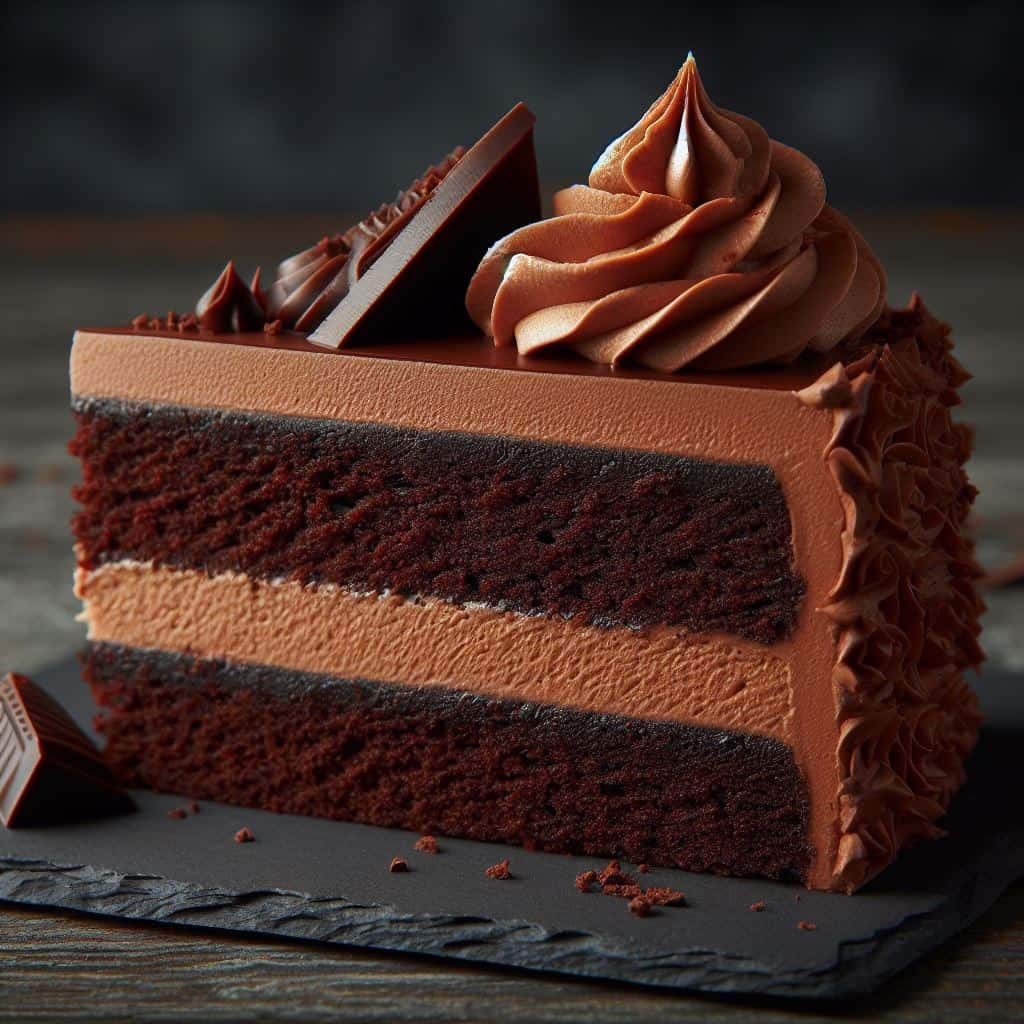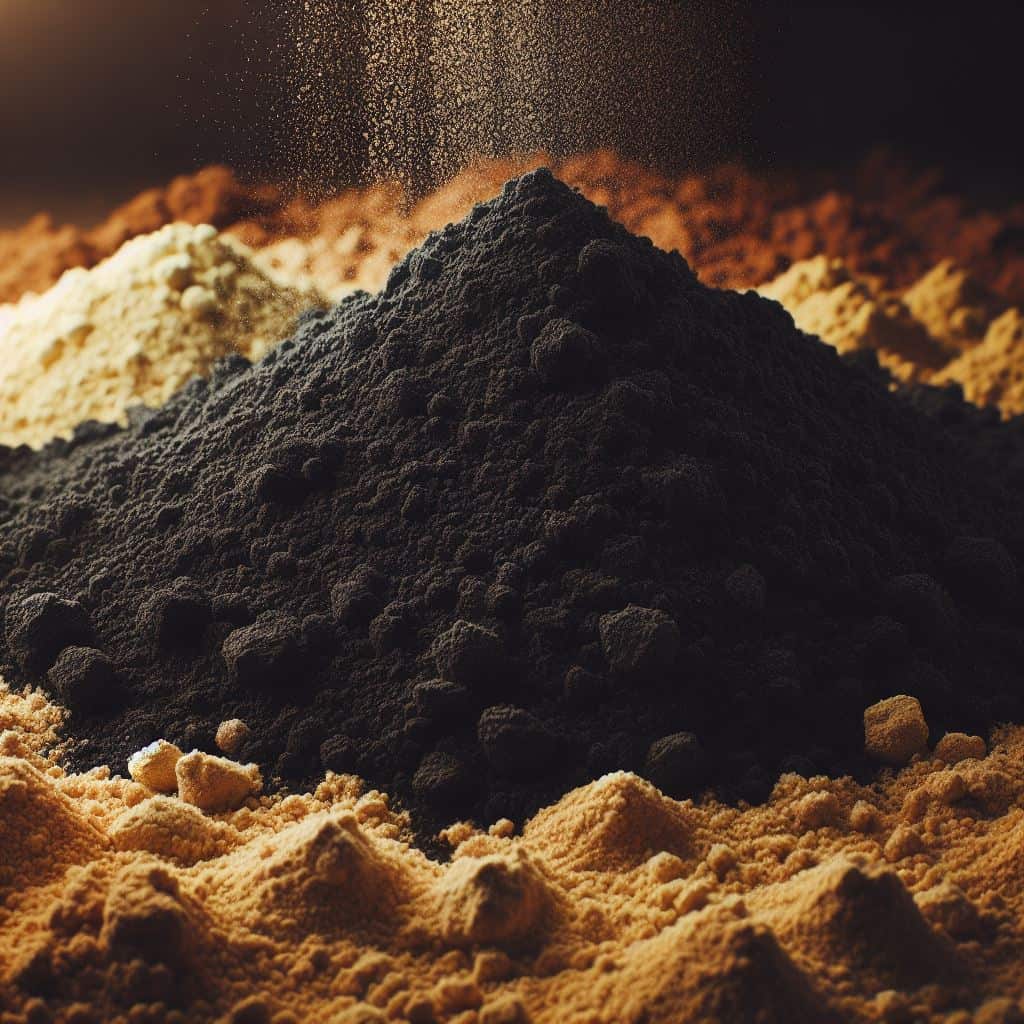- What is soil structure?Soon
- Much Much More...Soon
What are soil horizons?
Soil horizons are a fancy way of saying layers of soil.
Cake?

If you sliced a multi layer cake and had a look from the side. Starting from the top you would see the "frosting horizon", the "chocolate sponge horizon", a "buttercream horizon" followed by another "chocolate horizon". These are the cake horizons.
Like the cake, the soil has layers. The topsoil horizon, the subsoil horizon and the parent material horizon. These are the soil horizons. A pretty rough analogy but we are trying to keep it simple here.
What are the soil layers?

Topsoil
The topsoil is the top layer of soil. It is the most important layer of soil for gardening. It is where most of the soil life is and where most of the accessible nutrients are.
The topsoil is usually darker in colour because of the organic matter and humus. It is also usually looser and easier to dig in. Topsoil is so valuable that even mining companies (where they can) will remove it before doing work, do the work and then put it back.
Beware of Construction!
If you are renovating your house and expect any soil digging. I can not stress enough that you should remove as much topsoil as you can and replace it after construction.
Also, make sure they do not put the subsoil ontop of the topsoil. This will save you an incredible amount of time and money in the future.
Subsoil
The subsoil is the middle layer of soil. It is usually lighter in colour and has less organic matter. It is usually more compact and harder to dig in. The subsoil is usually where you get big slices of clay. Clay is a very fine particle that is very compact and holds a lot of water.
Parent Material / Deep Soil
The parent material is the bottom layer of soil. It is usually very compact and hard to dig in. It is usually very light in colour and has no organic matter. The name parent material comes from the fact that this is where the soil came from. The parent material is the rock that has been broken down over time to make the soil.
The parent defines the rest of the soil horizons. If the parent material is sandstone, then the soil will be sandy. If the parent material is granite, then the soil will be clay. (unless soil has been imported ofcourse).
Why should I care?
- Knowing what topsoil is helps you to value and protect it.
- Knowing what subsoil is helps you understand what improvements you can make to your soil.
- Knowing what parent material is helps you predict what your soil is like, probable issues and how to manage the soil without digging.
How do I know what soil I have?
Tests
We can perform a bunch of tests to determine what soil we have. This includes tests for soil: texture, structure and ph (there are many more).
I will cover the tests when we reach each topic. For now I would use the resources below to look up what soil you have based on your suburb.
Online Resources
Generous people and organisations have created online resources that tell you what you can expect. I live in Brisbane, and the Brisbane City Council, plant societies and nurseries list information about soil and plants based on suburbs.